Botswana Ground Force
The Botswana Ground Forces is the army of the country of Botswana, and the land component of the Botswana Defence Force.
| Ground Forces Command | |
|---|---|
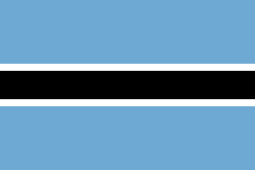 | |
| Founded | 1977 |
| Country | Botswana |
| Type | Army |
| Size | 8,500[1] |
| Part of | Ministry of Defence, Justice, and Security |
| Website | www.gov.bw |
| Commanders | |
| Commander-in-Chief | President Mokgweetsi Masisi |
| Commander | Lieutenant General Placid Diratsagae Segokgo (DCO, PJM, DSM) |
| Deputy Commander | Major General Gotsileene Morake (DCO, PJM, UNOSOM, DSM, psc) |
Chiefs of the Defence Staff Ground Force (1966–present)
The former heads of the Botswana Ground Force Armed Forces were referred to while in office as either General Officers Commanding or Chiefs of the Defence Staff.
History
The Botswana Defence Force was raised in April 1977 by an Act of Parliament called the 'BDF Act NO 13 of 1977.[2] At its formation, Lieutenant General Mompati Merafhe (retired and former Vice President of the Republic of Botswana (now deceased)) became its first Commander. The former President of the Republic of Botswana, Lieutenant General Seretse Khama Ian Khama, then Brigadier, was the Deputy Commander. Unusually for an African military force, and chiefly attributable to its being founded after Botswana's independence, the Botswana Ground Force was not formed from colonial units formed by a colonising power, but rather were formed from the remains of the Botswana Mounted Police Unit, previously known as the Bechuanaland Mounted Police, a unit of the British South Africa Police.[3]
The contemporary roles of the Defence Force are broad for a conventional military, suggesting that the government of Botswana and the BDF subscribe to a wide view of ‘security’ and consider the Defence Force an appropriate agency for attaining much of it, an issue that has been discussed even in the BDF's own internal media. It is expected that the BDF in general is meant to be an apolitical instrument of the state.[4]
The current stated mission of the Botswana Ground Force is:
To defend the country and provide for the security of Botswana, participate in external security cooperation activities, and contribute in domestic support operations, with the aim of:
- Ensuring national security and stability
- Protecting the people and their properties
- Protecting the constitution of Botswana to guarantee the rule of law
- Defending Botswana's territorial integrity on land and in the air
- Preserving Botswana as a free, independent and sovereign state
- Aiding civil authorities in domestic support operations
- Strengthening Botswana's international relations by participating in regional and international security cooperation activities[5]
Structure and organisation
The commander-in-chief of the BDF is Mokgweetsi Masisi, the current President of Botswana. Answering to him is Lieutenant General Placid Segokgo.
The various units of the Botswana Ground Force are as follows:
- 1st Armoured Brigade (Gaborone)
- 1st Infantry Brigade (mechanised brigade at Gaborone)
- 2nd Infantry Brigade (motorized brigade at Francistown)
- 3rd Infantry Brigade (motorized brigade at Ghanzi)
- 1st Commando Regiment (Gaborone)
- Four independent infantry battalions
- Two armored-artillery brigades
- One combat engineering regiment
- 1 air defense battalion
- Army river-wing (including diving unit)
Ranks and insignia
The BGF and the Botswana Air Force maintain the same rank system, which is loosely based on British or Commonwealth rank systems. The ranks are as follows:
Enlisted:
- Recruit
- Private
- Lance corporal
- Corporal
- Sergeant
- Staff sergeant
- Warrant officer II
- Warrant officer I
- Regiment/battalion sergeant major
- Brigade sergeant major
- Major command sergeant major
- Force sergeant major
Officers:
- Officer cadet
- Junior under officer
- Under officer
- Senior under officer
- Second lieutenant
- Lieutenant
- Captain
- Major
- Lieutenant colonel
- Colonel
- Brigadier
- Major general
- Lieutenant general
Equipment and vehicles
The BDF uses a wide array of modern weapons and vehicles. Its suppliers are Russia and Western nations, including Israel, Switzerland, the United States, France, Germany, the Netherlands, Austria, Belgium, Italy, and the United Kingdom.
In 2016 the Ministry of Defence of Botswana ordered 45 Piranha 8×8 armoured vehicles made by General Dynamics Switzerland.[6]
Small arms
| Name | Type | Origin | Photo | Caliber. |
|---|---|---|---|---|
| FN FAL[8] | Battle rifle | 7.62×51mm NATO | ||
| SAR 21 | Assault rifle | .png) |
5.56×45mm NATO | |
| IMI Galil | Assault rifle | 5.56×45mm NATO | ||
| Sterling submachine gun | Submachine gun | 9mm Parabellum | ||
| Bren light machine gun | Light machine gun | 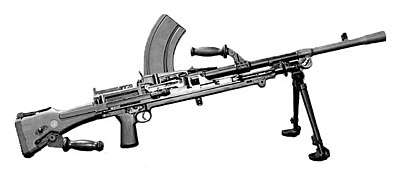 |
7.62×51mm NATO | |
| M2 Browning | Heavy machine gun |  |
12.7×99mm NATO | |
| Barrett M82 | Sniper rifle | 12.7×99mm NATO | ||
| Browning Hi Power | Semi-automatic pistol | 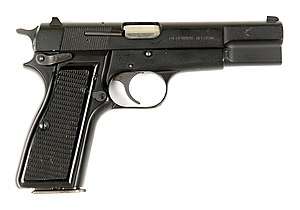 |
9×19mm Parabellum | |
| FN MAG | General purpose machine gun |  |
7.62×51mm NATO | |
| Uzi | Sub machine gun | 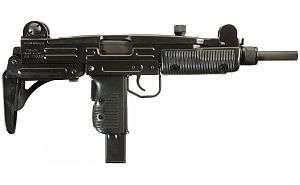 |
9×19mm Parabellum |
Notes
Citations
- IISS 2019, p. 453.
- "Republic of Botswana - Government portal". Gov.bw. 2011-01-03. Archived from the original on 2011-07-06. Retrieved 2011-02-28.
- "Republic of Botswana - Government portal". Gov.bw. Retrieved 2011-02-28.
- Otisitswe B Tiroyamodimo, Why is security a contested concept? Sethamo (Botswana Defence Force Newsletter), 37, December 2001, pp 9-11.
- "Republic of Botswana - Government portal". Gov.bw. 2011-01-03. Retrieved 2011-02-28.
- Malyasov, Dylan. "Botswana buy 45 Piranha armoured wheeled vehicles | Defence Blog". defence-blog.com. Retrieved 2017-09-16.
- "Botswana Defence Force Order of Battle – Defence Web". Retrieved 23 October 2018.
- Jones, Richard D. Jane's Infantry Weapons 2009/2010. Jane's Information Group; 35th edition (January 27, 2009). ISBN 978-0-7106-2869-5.
- "Jane's Sentinel Country Risk Assessments Southern Africa" (26). Jane's Information Group. 2009: 97. ISSN 1754-9256. Cite journal requires
|journal=(help)
References
- International Institute for Strategic Studies (15 February 2019). The Military Balance 2019. London: Routledge. ISBN 9781857439885.
- Kenosi, Lekoko. The Botswana Defence Force and Public Trust: The Military Dilemma in a Democracy.
- Tiroyamodimo, Otitisitswe B. (December 2001). "Why is security a contested concept?". Sethamo (Botswana Defence Force Newsletter).

.jpg)
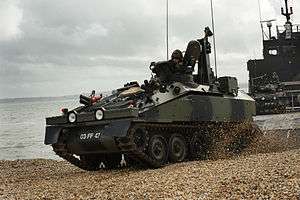
.jpg)

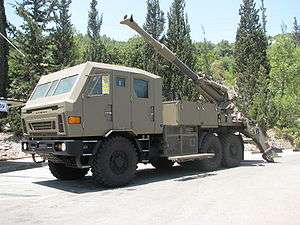
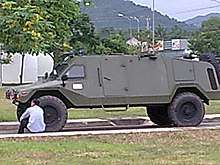

.jpg)
.jpg)




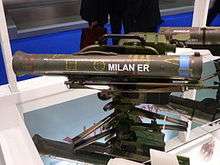


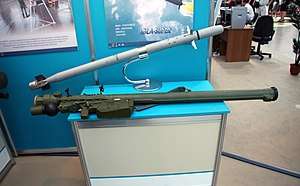
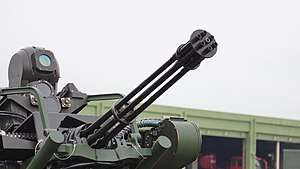
.jpg)